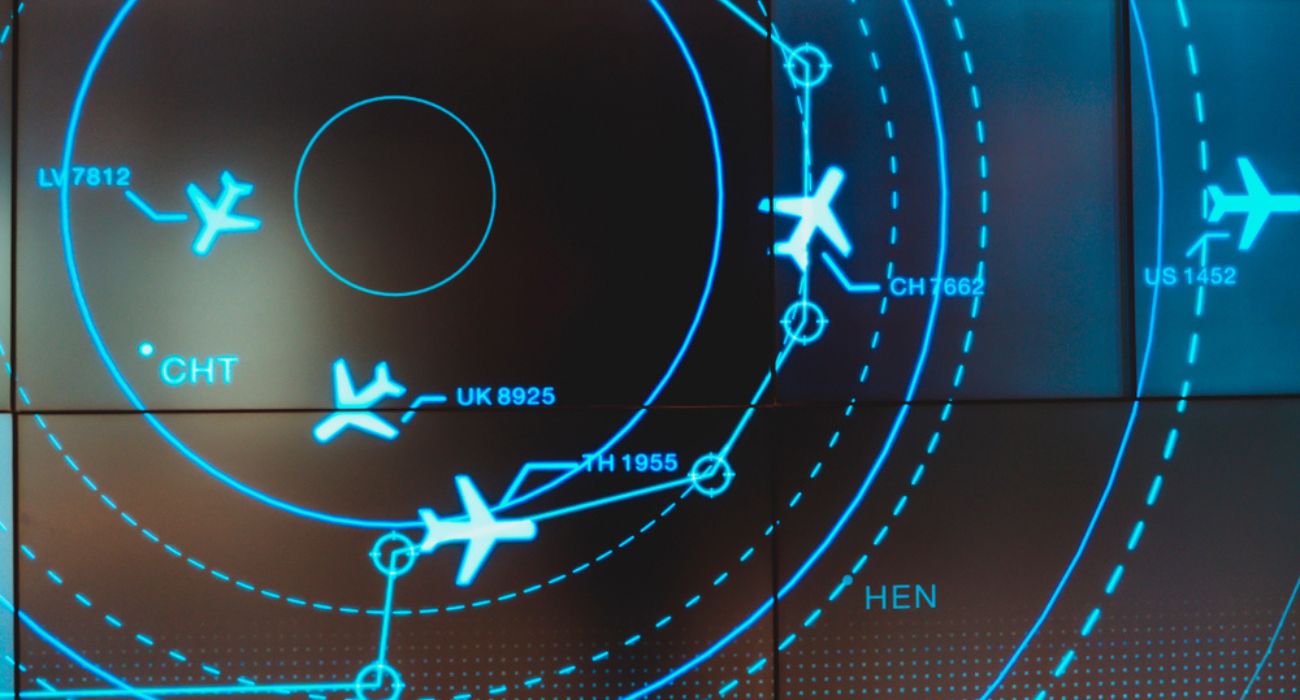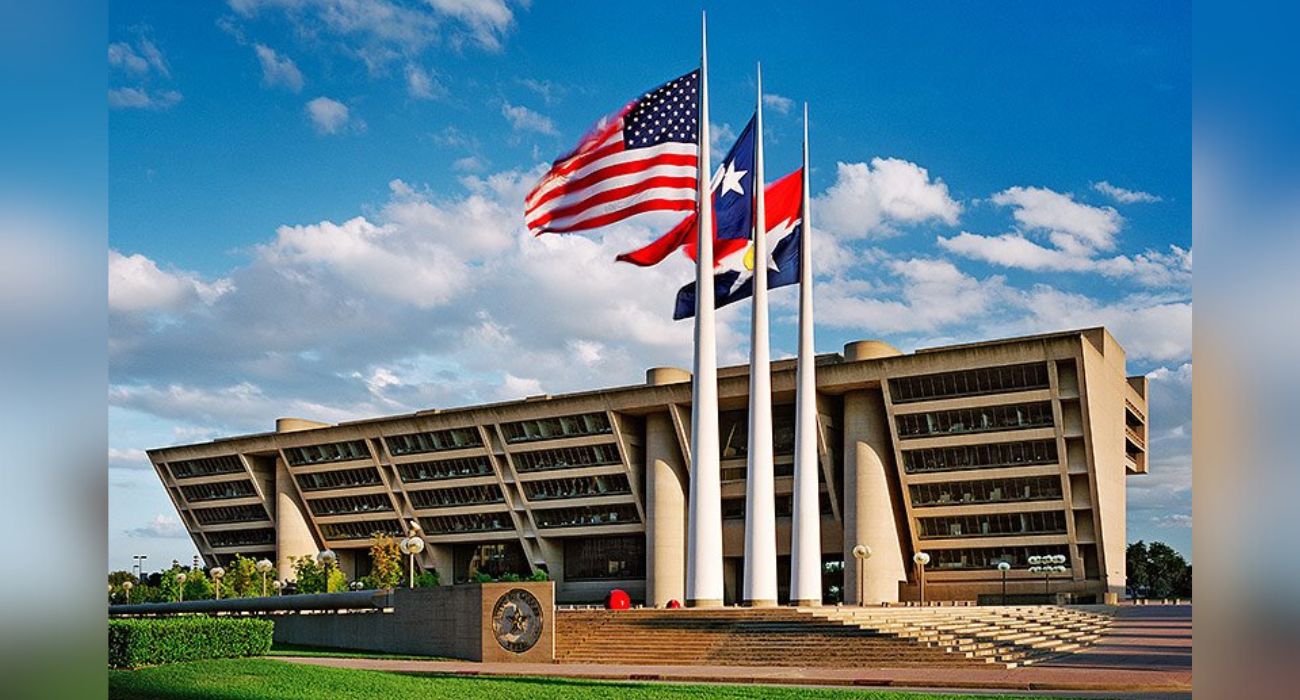From near collisions to air traffic controller mistakes, the safety standards in America’s skies have come under scrutiny in a recent report.
An investigation of data and reports from the Federal Aviation Administration (FAA) and NASA conducted by The New York Times found that such incidents are occurring much more frequently now than a decade ago.
This past year, approximately 300 near collisions involving commercial airliners on runways and in the air were logged. In July alone, at least 46 close calls were allegedly recorded, with many of them never making the news.
For instance, an American Airlines Airbus A321 en route to Dallas was traveling at over 500 miles per hour when the pilot suddenly climbed 700 feet to avoid colliding with a United Airlines flight.
In another incident, a Southwest Airlines pilot was forced to abort a landing at Louis Armstrong New Orleans International Airport to avoid hitting a Delta Air Lines 737 preparing for takeoff.
Human error was commonly cited as the cause of recent near misses, according to the NYT.
In June, the National Transportation Safety Board opened an investigation into six separate close-call incidents at airports, as previously reported by The Dallas Express.
One occurred at Austin-Bergstrom International Airport, where a FedEx cargo plane landed within 100 feet of a Southwest Airlines flight preparing for takeoff after traffic control gave both the green light.
However, at Dallas-area airports, FAA data suggests that none of the runway incursions occurring in 2022 and 2023 — 14 at DFW International Airport in 2022 and 11 in 2023 through May, and six at Dallas Love Field in 2022 and three in 2023 through May — qualified as close calls, according to The Dallas Morning News.
Nonetheless, the NYT’s investigation included interviews with industry experts and stakeholders, with many disclosing that the industry is wrought with several challenges that are placing mounting pressure on existing safeguards.
As Matthew Lehner, a spokesperson for the FAA, said in a statement to the NYT, the agency employs an approach to safety with multiple safeguards, both human and technological. Such built-in redundancies have “virtually eliminated the risk of fatalities aboard U.S. commercial airlines,” he claimed.
“The FAA maintains extremely conservative standards for keeping aircraft safely separated,” Lehner said. “Safety experts follow up on all events — even those in which no collision was imminent or even possible — and evaluate them for safety risks.”
There has not been an airline crash in the United States since Continental Flight 3407 crashed outside of Buffalo, New York, in 2009, killing 49 people onboard and one on the ground.
Still, for some in the airline industry, it is only a matter of time before the next disaster.
“This has really opened my eyes to how the next aviation accident may play out,” wrote one pilot while anonymously reporting to NASA about a near collision on a runway in January, according to the NYT.
Contrary to safety experts’ recommendations, most U.S. airports have not been equipped with runway warning systems because, as Lehner claimed, the FAA lacks the taxpayer money needed to do so.
Moreover, chronic understaffing at air traffic facilities poses a significant risk, with only 3 out of 313 facilities meeting the FAA’s set staffing targets for certified air flight controllers.
The COVID-19 pandemic helped usher in a number of labor shortages across the airline industry, with some employees opting for retirement as the training of new ones stalled, as previously covered by The Dallas Express. Such staffing issues affected aviation mechanics and pilots.
For instance, as of May, the Fort Worth regional facility had approximately 242 controllers on staff, whereas the recommendation from the FAA and the National Air Traffic Controllers Association is 295.
“The staffing shortage is beyond unsustainable. It has now moved into a phase of JUST PLAIN DANGEROUS,” one controller wrote in an FAA safety report, according to the NYT.
“Controllers are making mistakes left and right. Fatigue is extreme. The margin for safety has eroded tenfold. Morale is rock bottom. I catch myself taking risks and shortcuts I normally would never take,” the controller wrote. “It is only a matter of time before something catastrophic happens.”






